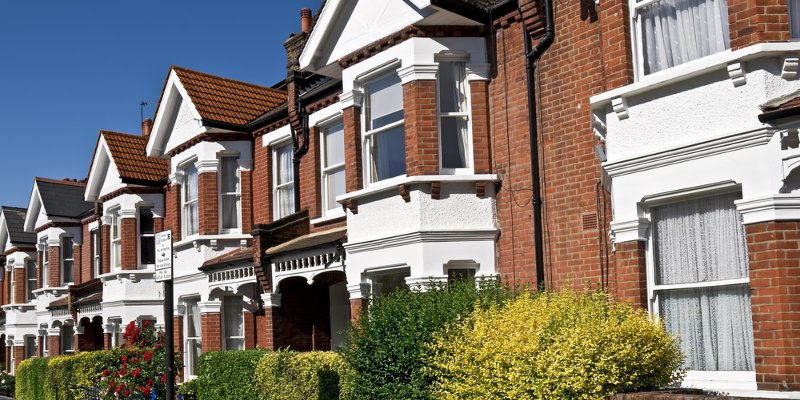In the latest quarter, December to February, house prices were 1.8% higher than in the preceding three months, September to November. The average property price is now £236,800.

House prices in the three months to February were 2.8% higher than in the same three months a year earlier, up from the 0.8% increase recorded in January, the Halifax House Price Index has found.
In the latest quarter, December to February, house prices were 1.8% higher than in the preceding three months, September to November. The average property price is now £236,800.
Mark Harris, chief executive of mortgage broker SPF Private Clients, said: “It has been a good start to the year for the housing market, considering the political and economic challenges the UK has to contend with, and there is definitely an element of people getting on with things.
“People are bored with the toing and froing on the political front and can’t put their lives on hold indefinitely while the government sorts Brexit out.
“There is some prevailing nervousness towards the top end of the market where maybe the swings are greater and there may be more reason to hold off a purchase for the time being.
“Brexit has created some pent-up demand and when we get a decision, whichever way it goes, we expect to see a spike in activity, not prices. There will be an uplift in transactions as confidence returns to the market and people know what they are dealing with.
“That said, whatever happens, we expect to see national house prices continuing to hold up as they are doing at the moment, although this will mask regional differences.”
Russell Galley, managing director, Halifax, added: “House prices have grown on an annual, quarterly and monthly basis for the first time since October 2018, taking the average house price to £236,800.
“The shortage of houses for sale will certainly be playing a role in supporting prices. House price growth is now at 1.8%, an increase from the 0.6% fall last month, and back at the rate we saw from July to September 2018.
“Annual house price growth at 2.8%, is within our expectations, but is fairly subdued compared to 2015 and 2016, when the average growth rate was 8.3%.
“People are still facing challenges in raising a deposit which means we continue to expect subdued price growth for the time being. However, the number of sales in January was right on the five year average and, at over 100,000 for the fifth consecutive month, the overall resilience of the market is still evident.”
Monthly UK home sales remain steady. January saw 101,170 home sales, which, as for December, was very close to the 5-year average of 101,291.
This is the fifth consecutive month where over 100,000 homes have been sold, leading to a 0.9% quarterly rise when comparing sales in November to January, against August to November. January home sales were 2% above the previous 12 month average. (Source: HMRC, seasonally-adjusted figures)
In January mortgage approvals rose compared to December. Bank of England industry-wide figures showed that the number of mortgages approved to finance house purchases, a leading indicator of completed house sales, rose 3.6% to 66,766.
Andrew Montlake, director of mortgage broker,Coreco, said: “What the February data underlines is that the lack of homes on the market, and broader supply deficit, have the potential to mitigate the impact of Brexit on house prices.
“There’s all manner of political uncertainty at present but when it comes to house prices, the lack of supply could prove the property market’s trump card.
“Sellers should not see this as a pretext to raise their prices, however. One month does not a market make.
“Despite the sharp monthly rise, this is still very much a buyers’ market. Sellers need to be realistic if they want to sell and the majority now accept that.
“Prospective buyers are increasingly waking up to the fact that the current window of opportunity could slam shut in the event of a Brexit deal and are being more proactive.
“There’s a huge amount of pent-up demand out there and it’s starting to come through. Amid all the chaos and mayhem, we’re seeing more movement, activity and transactions.”


